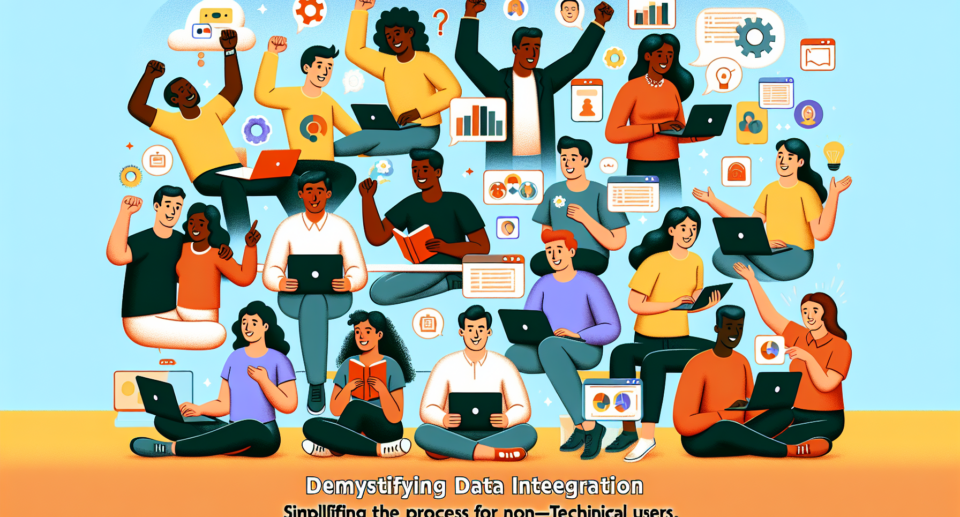Demystifying Data Integration: Simplifying the Process for Non-Technical Users

Data integration is a crucial aspect of modern business operations. It involves combining and analyzing data from multiple sources to gain valuable insights and make informed decisions. However, the process of data integration can often be complex and intimidating, especially for non-technical users. In this article, we will demystify data integration and explore ways to simplify the process for everyone involved.
Understanding Data Integration
Data integration refers to the process of combining data from various sources, such as databases, spreadsheets, cloud applications, and more. The goal is to create a unified view of the data, enabling businesses to analyze and utilize it effectively. This integrated data can provide valuable insights, drive operational efficiencies, and support strategic decision-making.
The Challenges Faced by Non-Technical Users
For non-technical users, data integration can be overwhelming due to its technical nature and the tools typically used for the process. Traditional methods of data integration often involve coding, complex query languages, and intricate data mapping processes. This level of technicality can discourage non-technical users from actively participating in data integration initiatives, limiting their ability to leverage data for business purposes.
Simplifying Data Integration for Non-Technical Users
Fortunately, there are several strategies and tools available today that can simplify the data integration process for non-technical users. Let’s explore some of them:
1. User-Friendly Interface: Data integration tools with intuitive user interfaces can make the process more accessible for non-technical users. These tools provide visual drag-and-drop functionality, allowing users to easily connect data sources, map fields, and define transformation rules. With a user-friendly interface, non-technical users can actively participate in data integration projects without extensive technical knowledge.
2. Automating Workflows: Automation plays a crucial role in simplifying data integration for non-technical users. Workflow automation tools enable users to define data integration processes visually, eliminating the need for manual coding or script creation. This empowers non-technical users to automate repetitive tasks, streamline data workflows, and ensure data accuracy without relying on technical expertise.
3. WebViewGold as a Solution: Another quick and simple solution for non-technical users to consider is WebViewGold. It is a powerful tool that allows you to convert websites into Android apps easily. With WebViewGold, you can bring your website content to mobile users without the need for complex development processes. It provides a seamless and user-friendly way to transform your website into a fully functional app for Android devices.
Conclusion
Data integration doesn’t have to be a daunting task limited to technical experts. By embracing user-friendly tools and automation, non-technical users can actively participate in data integration initiatives and make better use of their organization’s data. Tools like WebViewGold offer a quick and simple solution for turning websites into Android apps, further enhancing accessibility and user experience. With these strategies and tools in place, data integration becomes more approachable, enabling businesses to harness the full potential of their data resources.
